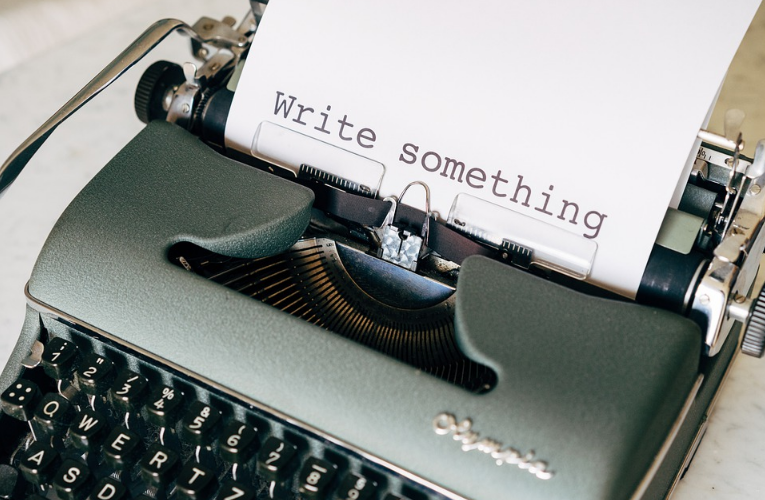
Most universities ad companies ask their applicants to submit a proposal essay. Although proposals are usually an essential part of financial and business transactions, they are not limited to these two fields. You can write a proposal essay for almost any school course, scientific fields, along with personal and other professional areas. If you are struggling to compose an essay, you can get help from essay writing services. You can check out the globenewswire website to know the best essay writing services that are accessible online.
This guide will talk about how to compose an adequate proposal essay. It is vital to note that you can add or remove components depending on the proposal. The significant sections of this proposal essay are listed below:
Introduction
The introduction serves to inform the reader of the proposal background or introduce a topic to your audience. This section is, in some ways, the most critical part of your document. You need to propose the issue and show the audience why they should care. It is often convenient to start with an impressive fact, or an anecdote to pique their interest. Usually, people suggest addressing a problem. For this reason, you should highlight a specific issue that you believe your suggestion will work. Know your readers so you can highlight the benefits of your proposal.
Proposal Statement
This part of the essay can be a declaration of purpose, and this section should be short and only talk about what your actual proposal is. It is okay to keep this part to a few paragraphs if the essay is undersized. Do not include details in this part about how you are likely to implement the proposal.
Action Plan
Are you going to start executing your proposal essay? It would be best to convince your audience that your proposal is a great idea and that you are the right person to implement it. Highlighting your credentials on why it’s you the one suited for the job is valuable if you’re the one executing the proposal. When it comes to execution, you should provide enough detail to show your audience that you have thought about what the process will look like. However, do not entertain them with overly technical information. Anticipating possible implementation problems is both a great practice and demonstrates to your readers that you have thought thoroughly about your proposal and potential blocks.
Desired Outcome
 In this section, focus on the main reason the proposal will do the job. Simply put, is it a viable proposal? You will probably draw on comparable past experiences to prove the reason why this certain proposal will do the job. If you don’t have this “previous experiences” option, focus on what you think your audience would want to hear. For example, if your boss likes to get things done on time, you can mention how your suggestion would speed up productivity. Specify what the goals of your proposal are. It may seem repetitive compared to the sections where you mention benefits, but it serves to really “deepen” the point.
In this section, focus on the main reason the proposal will do the job. Simply put, is it a viable proposal? You will probably draw on comparable past experiences to prove the reason why this certain proposal will do the job. If you don’t have this “previous experiences” option, focus on what you think your audience would want to hear. For example, if your boss likes to get things done on time, you can mention how your suggestion would speed up productivity. Specify what the goals of your proposal are. It may seem repetitive compared to the sections where you mention benefits, but it serves to really “deepen” the point.
Resources Needed
Another element: what is needed to make your proposal a reality? Include tangible things (newspapers, money, computers, etc.) and subjective things like time. The more prepared you appear, the better chance you have to get your proposal accepted (or getting a better grade when it comes to getting a class).
Conclusion
If you choose to mention the “background” of a particular proposal, you will not be able to repeat your debut. But if you have not submitted your historical background proposal, this is the region where you can repeat each section. You need to include the proposal, activity strategy, all the “whys” of the work, etc. As with almost any article or paper, cite your help when appropriate.

